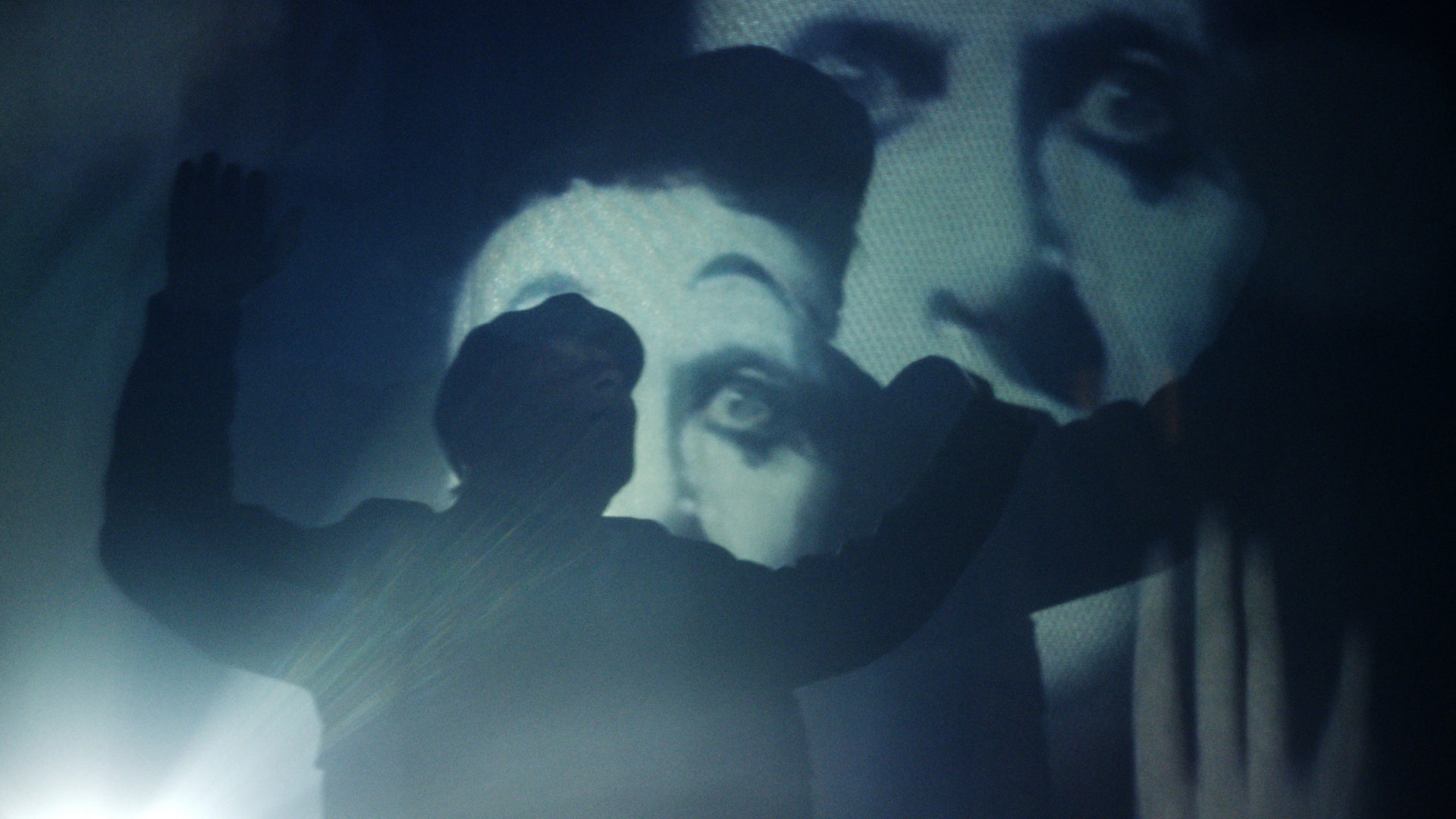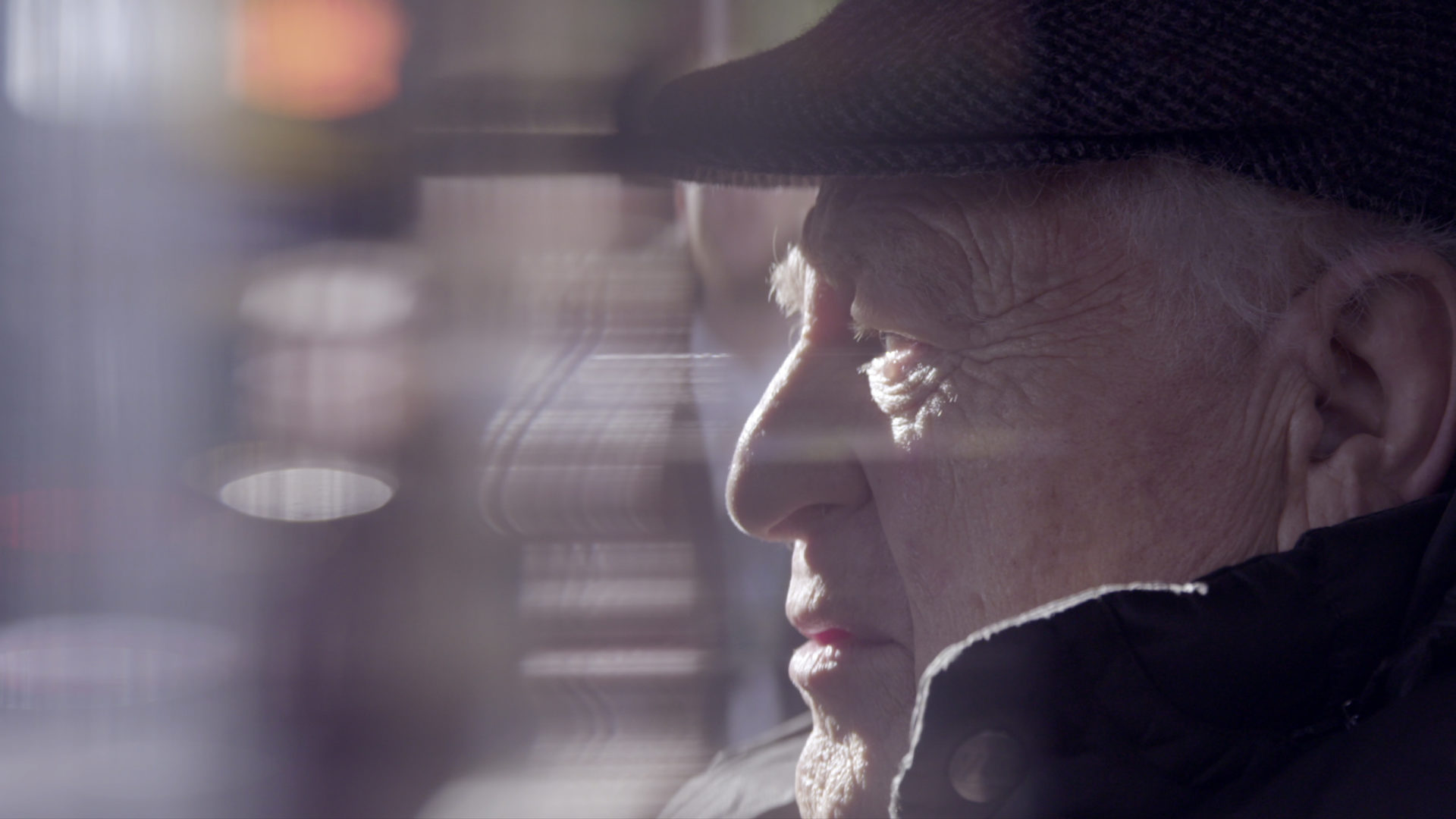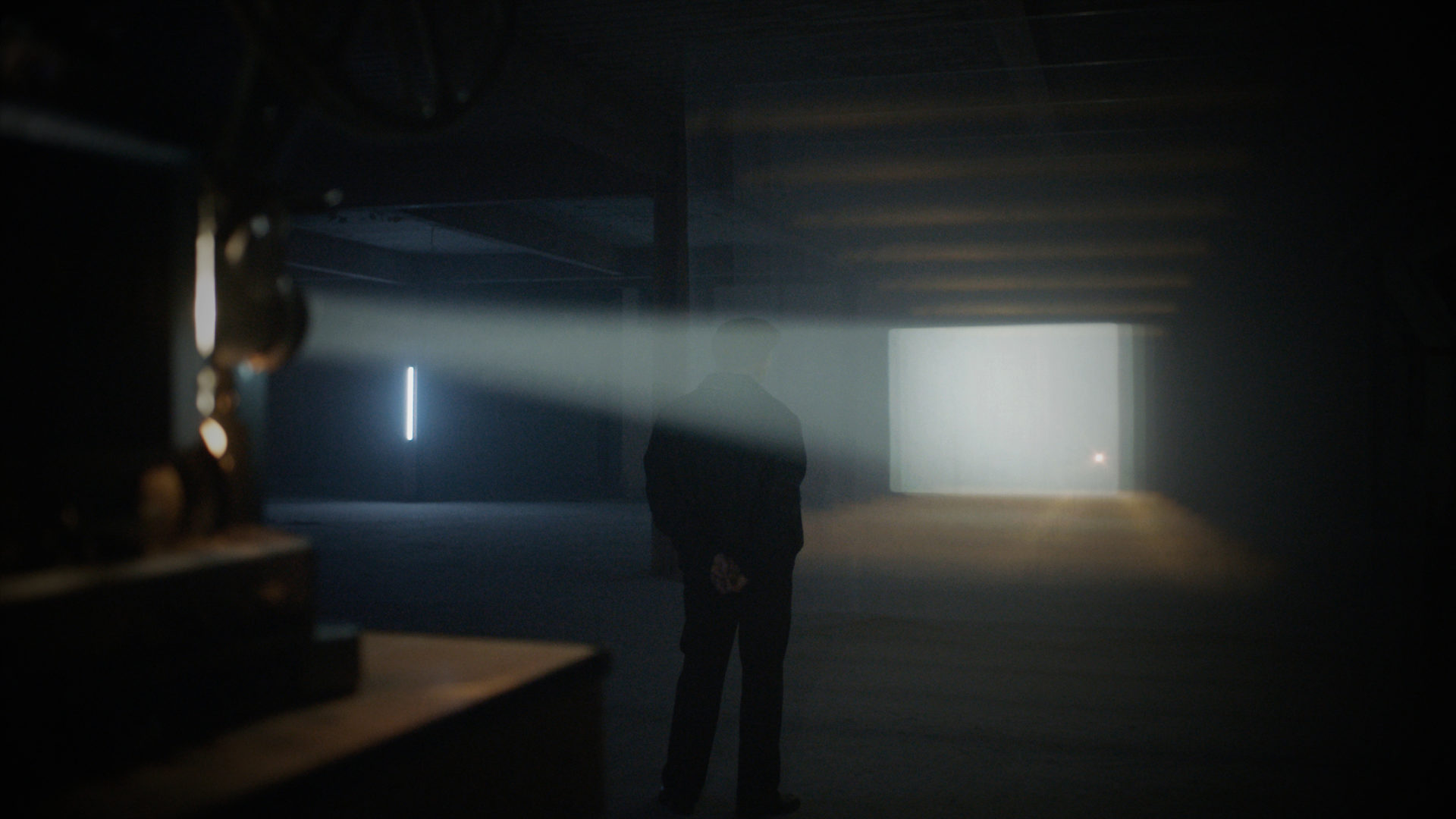
Narrated by Willem Dafoe, The Wild One is an introspective documentary that reconstructs the personal and professional life of Jack Garfein: Holocaust survivor, Actors Studio co-founder, controversial stage and screen director.
Award-nominated director and producer Tessa Louise-Salomé skilfully plays with old footage. She creates chimerical effects through black and white moving pictures that come from a projector and multiply kaleidoscopically evoking Busby Berkeley’s optical illusions. The laws of nature flicker off the screen throughout the filmic storytelling, as the environmental settings become a magnetic and uncanny force.
The dream-state narration of images, that whizz through a personal archive that spans over seventy years, intertwines with chronicles of those close to the Czech-born artist. In fact, the film features Peter Bogdanovic, Patricia Bosworth, Irène Jacob, Bobby Soto, Dick Guttman, Patricia Bosworth, Foster Hirsch, Geoffrey Horne, Kate Rennebohm and Jack’s daughter Blanche Baker.

The prodigious ventures of a man unfold as a parable of life, that can be envisioned as a subtle construction of intricate layers. Jack the child had a conflicting relationship with his mother (during an argument she even told him she wished he had never been born) and felt his sister was loved more. Resilience was key to his existence from an early stage, when he navigated from one concentration camp to the next, from Sachsenburg to Auschwitz, and would often cough and pretend to be sick in front of soldiers to be left alone. He considered it his first acting job. When he was a teenager, he was liberated by the British Army in the Bergen-Belsen camp and was sent to an orphanage in Malmö, where he was rehabilitated.
Life seemed to offer him a second chance with the conquest of the American Dream when in 1946 he won a scholarship at the New School. Experimental theatre director, Erwin Piscator, was his teacher and mentor, who introduced him to a performative discipline that would emphasise the socio-political content of drama. Then came the Actors Studio with Lee Strasberg and Elia Kazan. Garfein began directing plays and discovering new talents like James Dean, George Peppard, Bruce Dern, Steve McQueen and Ben Gazzara. Jack Garfein produced and directed plays by Anton Chekhov, Eugène Ionesco, Franz Kafka, Eugene O’Neill, Henrik Ibsen, Arthur Miller, Tennessee Williams and Samuel Becket who was still unknown to the American public.

In this theatrical milieu he also found love when he met Carroll Baker, whom he married. The wedding was held by Paula and Lee Strasberg. The newlyweds then moved to Hollywood where Jack founded the Actors Studio West in 1966, alongside Paul Newman. In 1956 Jack shot his first film that was released the following year, The Strange One. This was an ensemble piece set in a sadistic Southern military academy that bears disturbing echoes of Nazi fascism tyranny. Adapted from a novel and stage play by called End as a Man, it explored a topic was not usually seen in films. Also the approach was considered controversial for the epoch. Some scenes involved black actors, in the racially segregated America of 1957, and there was also S&M imagery epitomising a forbidden subtext. The producer Sam Spiegel was taken aback and the studio objected to what seemed doomed to a commercial failure.
As a consequence Garfein was blacklisted in Hollywood, so he returned to theatre, the Actors Studio and Lee Strasberg. Jack connected with him because of their common Eastern European background and Yiddish approach. Meanwhile Elia Kazan’s Baby Doll somehow influenced Carolle Baker’s subsequent role offers, who would be pigeonholed as the “shallow blonde vixen.” However, the private sphere was still intact. The family expanded as Jack and Carolle had a daughter, Blanche, and a son, Herschel. The Garfeins rented an apartment on Central Park and established their own production company, Prometheus Enterprises. This allowed Jack to direct his second film in 1961, Something Wild, that somehow marked the beginning of indie cinema in America. Many define the opening of this feature as a virtuoso, an abstract composition of metropolitan life. The lyrical motion picture conveys a sense of discomfort and tension that provides a more realistic representation of New York, compared to the glamorised portrayal in Hollywood films of the same era. The rape scene shocked viewers because nothing of the sort had been depicted for the screen before. Decades later it was praised for the authenticity in showing also the psychological reaction of the woman after the traumatic experience.

Garfein was ahead of his time, he could see things as an outsider and was not afraid to challenge the system. He turned down the gilded cage and chose to live free. He made only two films, and although they were beautifully crafted neither one found an audience, people resisted. Garfein wanted to explore strategies at the forefront of European cinema; he cherished filmmakers such as Michelangelo Antonioni and Ingmar Bergman, where image and psychology would coalesce allowing the audience to fill in the gaps. But cinema closed its doors on him. Jack Garfein got no further opportunities in the film industry. Carolle Baker’s contracts were frozen, she was at the height of her career, the marriage started to fall apart and she even tried to commit suicide. However, Jack Garfein the Holocaust survivor did not surrender. He eventually focused on teaching and helped students dig into the stratified memory that allows to explore the unknown. This was the way to approach characters with truthfulness: first they would be created and only then inhabited. The five senses were essential for this process, since he considered the theory of acting strictly intertwined to the subconscious. Personal experience was the tool to bring credibility to a role.
Tessa Louise-Salomé’s innovative cinematic exploration of acting as a form of survival, respects history while unraveling a truly unique life story. Jack Garfein was an avant-garde auteur, who experienced the meaning of power on his own skin and transformed it into a craft capable of describing the psychic reality of the individual. The Wild One makes us take our hats off to this maverick of the first order, just as the conclusive music of the film sung by Barbara: Chapeau Bas.
Final Grade: A

